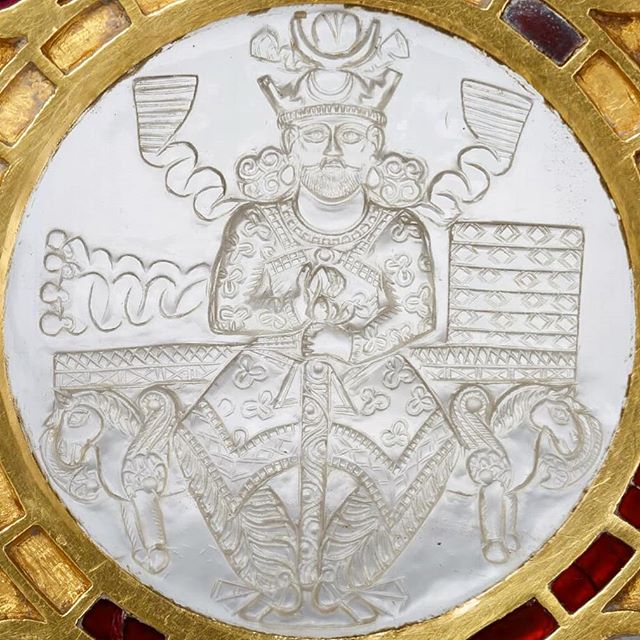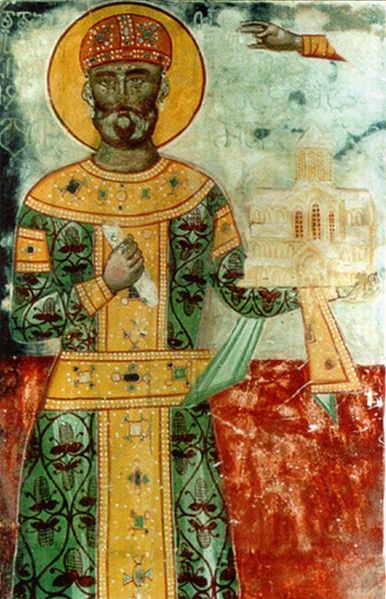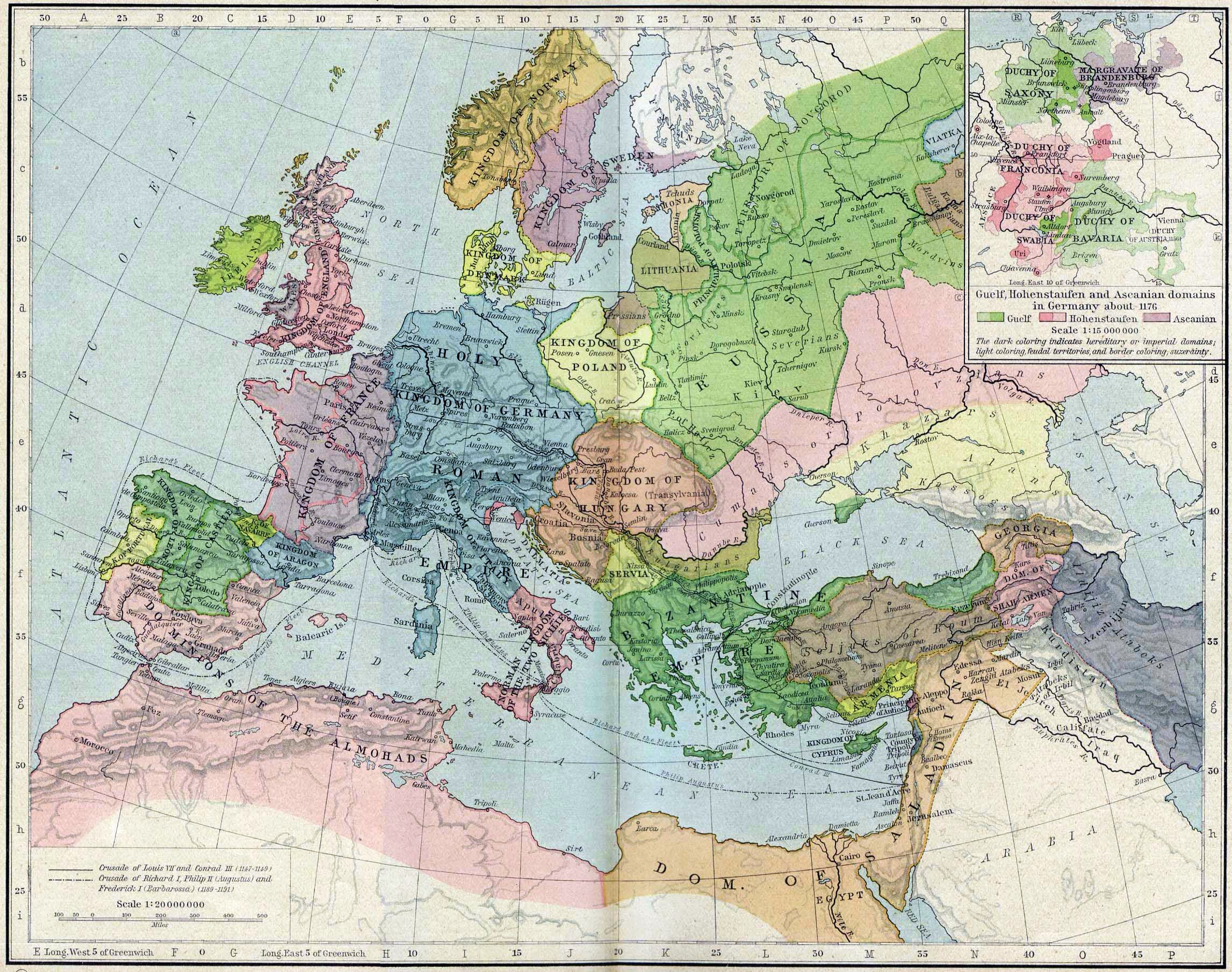|
Shirvanshah Fariburz II
Jalaladdunya Fariburz II was the 23rd Shirvanshah. Reign Information about his reign does not exist. However coins minted on his name was found along with name of Caliph al-Nasir. Inscriptions on coins mentions his name as "''al-Malik al-Adil Jalal-ad Dunya wal-Din Fariburz b. Afridun b. Manuchehr, Shirvanshah''". These sumptuous titles gives hint that Shirvanshah was independent during Seljuk dynasty, Seljuq-Eldiguzid wars.E.A.Pakhomov - A Brief History of Azerbaijan with the application a tour of the history of Shirvanshahs XI-XIV centuries. Baky, 1923, c.38 He reigned after his uncle Shirvanshah Shahanshah, until 1204. He was succeeded by another uncle Shirvanshah Farrukhzad I. His issues are not mentioned anywhere. Ancestors References 1204 deaths Year of birth unknown 13th-century Iranian people {{Iran-royal-stub ... [...More Info...] [...Related Items...] OR: [Wikipedia] [Google] [Baidu] |
Shah
Shāh (; ) is a royal title meaning "king" in the Persian language.Yarshater, Ehsa, ''Iranian Studies'', vol. XXII, no. 1 (1989) Though chiefly associated with the monarchs of Iran, it was also used to refer to the leaders of numerous Persianate societies, such as the Ottoman Empire, the Khanate of Bukhara and the Emirate of Bukhara, the Mughal Empire, the Bengal Sultanate, and various Afghan dynasties, as well as among Gurkhas. With regard to Iranian history, in particular, each ruling monarch was not seen simply as the head of the concurrent dynasty and state, but as the successor to a long line of royalty beginning with the original Persian Empire of Cyrus the Great. To this end, he was more emphatically known as the Shāhanshāh ( ), meaning " King of Kings" since the Achaemenid dynasty. A roughly equivalent title is Pādishāh (; ), which was most widespread during the Muslim period in the Indian subcontinent. Etymology The word descends from Old Persian ... [...More Info...] [...Related Items...] OR: [Wikipedia] [Google] [Baidu] |
Shirvanshah Manuchehr III
Manuchihr III (also spelled Minuchihr; ) was the 19th Shirvanshah from 1120 to sometime after 1160. He was the son and successor of Afridun I (). Name Although he was described as ''Manuchihr II'' by researchers like Hadi Hasan, Vladimir Minorsky and Dickran Kouymjian, he was third person carrying this name, following his uncle Manuchihr II (1096-1106) and great-great-uncle Manuchihr I (1027-1034). During this period in Shirvanshah historiography, the names and family ties of the Shirvanshahs become exceedingly convoluted and uncertain, with the 17th-century Ottoman historian Munejjim-bashi (died 1702) only providing an incomplete of them, starting with Manuchihr, whom he calls "Shah Manuchihr ibn Kasran", Kasran being a version of ''Kisra''. Sources now start referring to the ruling Yazidi family as the "Kasranids" or "Khaqanids". Besides using the title of Shirvanshah, Manuchihr III also used the title of ''Khaqan-e Kabir'' ("Great Khan"), which was the inspiration behind ... [...More Info...] [...Related Items...] OR: [Wikipedia] [Google] [Baidu] |
1204 Deaths
Year 1204 ( MCCIV) was a leap year starting on Thursday of the Julian calendar. Events * January 27– 28 – Byzantine emperor Alexios IV Angelos is overthrown in a revolution. * February 5 – Alexios V Doukas is crowned Byzantine emperor. * April 12 – Sack of Constantinople: Crusaders enter Constantinople by storm and start pillaging the city as part of the Fourth Crusade. Forces of the Republic of Venice seize the antique statues that will become the horses of Saint Mark. * May 16 – Baldwin, Count of Flanders, is crowned emperor of the Latin Empire a week after his election by the members of the Fourth Crusade. * Theodore I Laskaris flees to Nicaea after the capture of Constantinople, and establishes the Empire of Nicaea; Byzantine successor states are also established in Epirus and Trebizond. * Boniface I, Marquis of Montferrat, a leader of the Fourth Crusade, founds the Kingdom of Thessalonica. * The writings of French theologian Amalric o ... [...More Info...] [...Related Items...] OR: [Wikipedia] [Google] [Baidu] |
George II Of Georgia
:''There was also a Giorgi II, Catholicos of Kartli who ruled in 826–838.'' George II ( ka, გიორგი II, tr) ( 1050 – 1112), of the Bagrationi dynasty, was a king (''mepe'') of Georgia from 1072 to 1089. He was a son and successor of Bagrat IV and his wife Borena of Alania. Unable to deal effectively with the constant Seljuk Turkish attacks and overwhelmed by internal problems in his kingdom, George was forced to abdicate in favor of his energetic son David IV, to whom he remained a nominal co-ruler until his death in 1112. He also held the high Byzantine titles of '' curopalates'' (c. 1060) and ''caesar'' (c. 1081). Early reign George's childhood coincided with the civil war between his father, Bagrat IV (r. 1027–1072), and the rebellious Georgian feudal lord Liparit, who succeeded in temporarily driving Bagrat into the Byzantine Empire, and crowned George as king at the Ruisi cathedral between 1050 and 1053, under the regency of Bagrat's sister Gurandukh ... [...More Info...] [...Related Items...] OR: [Wikipedia] [Google] [Baidu] |
Sarir
Sarir or Serir was a medieval Christians, Christian state lasting from the 6th or 7th century to the 12th century in the mountainous regions of modern-day Dagestan in southern Russia. Its name is derived from the Arabic word for "throne" and refers to a golden throne that was viewed as a symbol of royal authority. Origin Sarir was first documented as a political entity in the 6th century AD. The memory of its foundation was transmitted orally among the Caucasian Avars. According to one legend, the kingdom was established by a Persian general who was sent to control the Caucasus by a Sasanian king. This legend is corroborated by the names of local kings, which are normally of Persian or even Syrian etymology. According to the 10th-century Arab geographer al-Masudi the king of Sarir was a descendant of the 5th-century Sasanian king Bahram V. The first king allegedly arrived in Dagestan as an emissary of Yazdegerd III, bringing with him the Sasanian throne and the imperial t ... [...More Info...] [...Related Items...] OR: [Wikipedia] [Google] [Baidu] |
Shirvanshah Fariburz
Fakhr al-Din Fariburz ibn Sallar (), better simply known as Fariburz I (), was the sixteenth Shah of Shirvan, ruling from 1063 to 1096. His reign saw many major political balance changes in Caucasus, including expansion by the Seljuqs. He was considered a ruler with great diplomatic skills, and his kingdom extended from Mughan to Kumuk and Alania. Reign Clash with the Shaddadids On 20 February 1063, Fariburz's father Sallar died, and thus Fariburz became the new ruler of Shirvan. Although he even already controlled most of the kingdom during his father's reign. In March, the Shaddadid ruler Abu'l-Aswar Shavur I invaded his domains, captured the Quylamiyan castle, and then withdrew back to Arran. The reason for the attack was probably the fact that Fariburs gave refuge to Anushirvan ibn Lashkari, who was deposed by his great-uncle Abu'l-Aswar in 1049. However, some time later, he returned to Shirvan and once again began raiding it. The Shirvanians, who fought against him, wer ... [...More Info...] [...Related Items...] OR: [Wikipedia] [Google] [Baidu] |
Rusudan Of Armenia
The family of David IV the Builder ( ka, დავით IV აღმაშენებელი), King of Georgia ( r. 1089–1125), was part of the Bagrationi dynasty. The dynasty had made their appearance in the Georgian lands in the 8th century and succeeded in unifying several native polities into a unified kingdom by 1008. David IV concluded this process of unification, setting stage for a Georgian domination in the Caucasus. Like his Bagratid ancestors, David entertained claims of descent from the biblical king David. He was a direct descendant of the first Georgian Bagratid monarch Ashot I (died 826/830) and bore known lineage, among others, from the Abkhazian, Alanian, Artsruni, Bagratuni, and Guaramid dynasties. David's immediate family consisted of his two successive wives and several children, of whom four are relatively better documented. Parents and parental relations According to the ''Life of King of Kings David'' (ცხორებაჲ მეფეთ-მე ... [...More Info...] [...Related Items...] OR: [Wikipedia] [Google] [Baidu] |
David IV Of Georgia
David IV, also known as David IV the Builder ( ka, დავით IV აღმაშენებელი, tr; 1073 – 24 January 1125), of the Bagrationi dynasty, was the 5th king ('' mepe'') of the Kingdom of Georgia from 1089 until his death in 1125. Popularly considered to be the greatest and most successful Georgian ruler in history and an original architect of the Georgian Golden Age, he succeeded in driving the Seljuk Turks out of the country, winning the Battle of Didgori in 1121. His reforms of the army and administration enabled him to reunite the country and bring most of the lands of the Caucasus under Georgia's control. A friend of the Church and a notable promoter of Christian culture, he was canonized by the Georgian Orthodox Church. Sobriquet and regnal ordinal The epithet (), which is translated as (in the sense of "built completely"), , or , first appears as the sobriquet of David in the charter issued in the name of "King of Kings Bagrat" in 1452 and ... [...More Info...] [...Related Items...] OR: [Wikipedia] [Google] [Baidu] |
Shirvanshah Afridun I
Afridun the Martyr was the eighteenth Shah of Shirvan. He was appointed governor of Derbent several times during his father Fariburz I's reign. "Afridun" is the arabicized form of the New Persian name Fereydun, an Iranian mythical hero. Life Under Fariburz I He was born to Fariburz I and his wife, a Sarir princess. After having suffered from several raids from the Shaddadid ruler Abu'l-Asvar Shavur I, Afridun was sent by his father Fariburz I to ask for help from the ruler of Sarir, whom Afridun was related to through his mother. However, the ruler of Sarir declined his request, and after three months, Afridun returned to Shirvan. On 30 January 1066, Fariburz appointed Afridun as the governor of Derbent, who was warmly received by its people. In July 1068, Afridun left Derbent and returned to Shirvan. Reign He succeeded his elder brother Manuchihr II around 1106. He wed his son Manuchihr to David IV's eldest daughter Tamar in . Despite this alliance, Afridun probably co ... [...More Info...] [...Related Items...] OR: [Wikipedia] [Google] [Baidu] |
Tamar, Daughter Of David IV Of Georgia
Tamar ( ka, თამარი) (died after 1161) was a daughter of David IV, King of Georgia, and queen consort of Shirvan as the wife of Shirvanshah Manuchehr III, whom she married 1112. She became a nun at the monastery of Tigva in Georgia in widowhood. Biography Tamar's marriage to the shirvanshah is recorded by the 12th-century ''Life of the King of Kings David'', part of the Georgian Chronicles, which eulogizes Tamar and her sister Kata, married to a Byzantine prince. As luminaries of the East and the West, respectively, they reflect the splendor of their father in the Chronicles. After her husband's death, Tamar returned to her native country and eventually became, in 1152, a nun at the monastery, which she had founded at Tigva in eastern Georgia, as indicated in the Georgian Chronicles as well as by an inscription from that monastery, first published by Marie-Félicité Brosset in 1851. The ''History of the Five Reigns'', written around 1223, mentions Tamar's death a ... [...More Info...] [...Related Items...] OR: [Wikipedia] [Google] [Baidu] |
Eldiguzid
The Ildegizids, EldiguzidsC.E. Bosworth, "Ildenizids or Eldiguzids", Encyclopaedia of Islam, Edited by P.J. Bearman, Th. Bianquis, C.E. Bosworth, E. van Donzel and W.P. Heinrichs et al., Encyclopædia of Islam, 2nd Edition., 12 vols. with indexes, etc., Leiden: E. J. Brill, 1960–2005. Vol 3. pp 1110-111. Excerpt 1: "Ildenizids or Eldiguzids, a line of Atabegs of Turkish slave commanders who governed most of northwestern Persia, including Arran, most of Azarbaijan, and Djibal, during the second half of the 6th/12th century and the early decades of the 7th/13th century". Excerpt 2: "The Turkish Ildenizids shared to the full in the Perso-Islamic civilization" or Ildenizids, also known as Atabegs of Azerbaijan ( ''Atabakan-e Āzarbayjan)'' were an Atabegate of the Seljuk Empire, and a Sunni Muslim Turkic people, Turkic dynastyBritannica. ArticleEldegüzid dynasty Eldegüzid dynasty, also spelled Ildigüzid, Ildegüzid, Ildegizid, or Ildenizid, (1137–1225), Iranian atabeg dyn ... [...More Info...] [...Related Items...] OR: [Wikipedia] [Google] [Baidu] |
Shirvan
Shirvan (from ; ; Tat: ''Şirvan'') is a historical region in the eastern Caucasus, as known in both pre-Islamic Sasanian and Islamic times. Today, the region is an industrially and agriculturally developed part of the Republic of Azerbaijan that stretches between the western shores of the Caspian Sea and the Kura River, centered on the Shirvan Plain. History Etymology Vladimir Minorsky believes that names such as Sharvān (Shirwān), Lāyzān and Baylaqān are Iranian names from the Iranian languages of the coast of the Caspian Sea. There are several explanations about this name: * Shirvan or Sharvan are corrupted forms of the word "Shahrbān" () which means "the governor". The word "Shahrban" has been used since Achaemenian Dynasty as "Xshathrapawn" (satrap) to refer to different states of the kingdom. * Shervan in Persian means cypress tree (the same as 'sarv' in Middle Persian and in New Persian, as well as in ArabicDehkhoda dictionary). It is also used as a male n ... [...More Info...] [...Related Items...] OR: [Wikipedia] [Google] [Baidu] |







